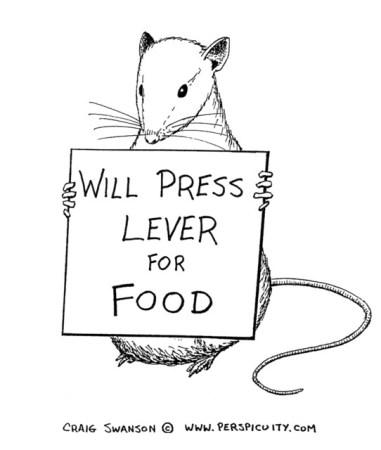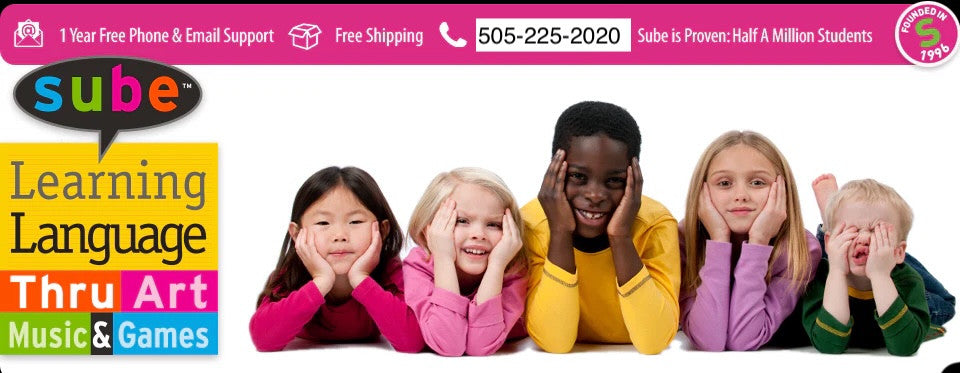
Sometimes a simple internet search of a term that I am using repeatedly in my work can lead to new insights. During a lively conversation with friends analyzing the challenges of teaching and learning a language, we talked about the need to shift from memorizing and rote learning to reflective thinking and critical thinking. In the dialogue, the question came up of whether reflective thinking in the U.S. culture manifests differently than reflecting thinking in Asia, and we started questioning our own definitions of reflective and critical thinking. So I looked up some definitions. Below is my favorite posted on the University of Hawaii website, and including some classroom tips. I think the definitions are a great resource in themselves. Gets you thinking! What is reflective thinking?
• The description of reflective thinking: Critical thinking and reflective thinking are often used synonymously. Critical thinking is used to describe: "... the use of those cognitive skills or strategies that increase the probability of a desirable outcome...thinking that is purposeful, reasoned and goal directed - the kind of thinking involved in solving problems, formulating inferences, calculating likelihoods, and making decisions when the thinker is using skills that are thoughtful and effective for the particular context and type of thinking task. Critical thinking is sometimes called directed thinking because it focuses on a desired outcome." Halpern (1996).
Reflective thinking, on the other hand, is a part of the critical thinking process referring specifically to the processes of analyzing and making judgments about what has happened. Dewey (1933) suggests that reflective thinking is an active, persistent, and careful consideration of a belief or supposed form of knowledge, of the grounds that support that knowledge, and the further conclusions to which that knowledge leads. Learners are aware of and control their learning by actively participating in reflective thinking – assessing what they know, what they need to know, and how they bridge that gap – during learning situations.
In summary, critical thinking involves a wide range of thinking skills leading toward desirable outcomes and reflective thinking focuses on the process of making judgments about what has happened. However, reflective thinking is most important in prompting learning during complex problem-solving situations because it provides students with an opportunity to step back and think about how they actually solve problems and how a particular set of problem solving strategies is appropriated for achieving their goal. Characteristics of environments and activities that prompt and support reflective thinking:
• Provide enough wait-time for students to reflect when responding to inquiries. • Provide emotionally supportive environments in the classroom encouraging reevaluation of conclusions. • Prompt reviews of the learning situation, what is known, what is not yet known, and what has been learned. • Provide authentic tasks involving ill-structured data to encourage reflective thinking during learning activities. • Prompt students' reflection by asking questions that seek reasons and evidence. • Provide some explanations to guide students' thought processes during explorations. • Provide a less-structured learning environment that prompts students to explore what they think is important. • Provide social-learning environments such as those inherent in peer-group works and small group activities to allow students to see other points of view. • Provide reflective journal to write down students' positions, give reasons to support what they think, show awareness of opposing positions and the weaknesses of their own positions.More:
http://en.wikiversity.org/wiki/Reflective_thinking
http://en.wikipedia.org/wiki/Critical_thinking
